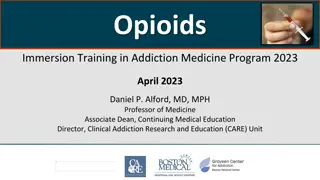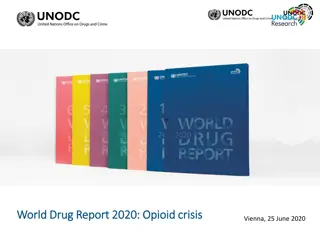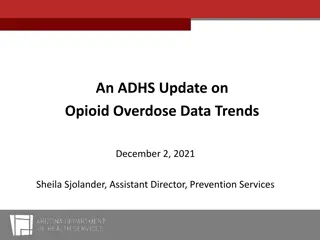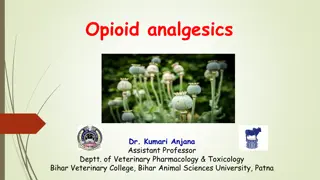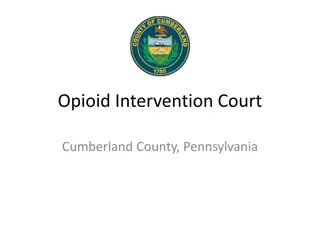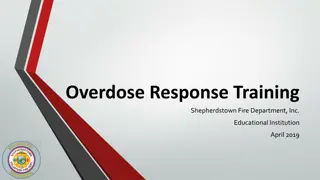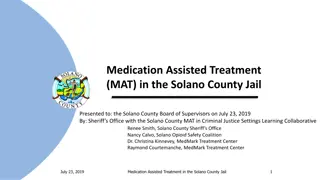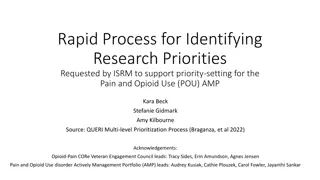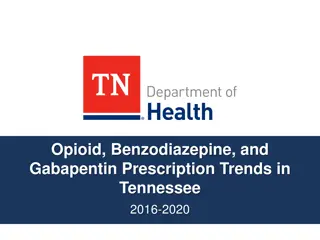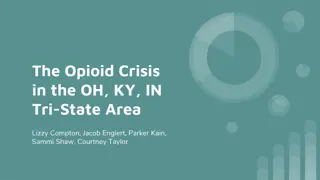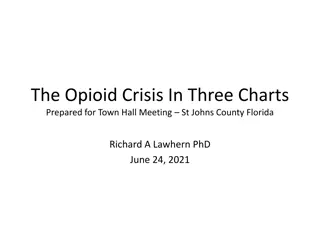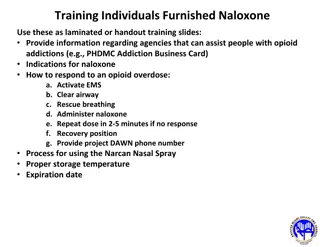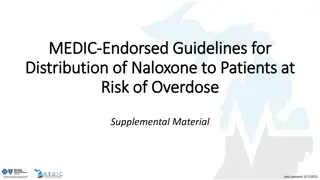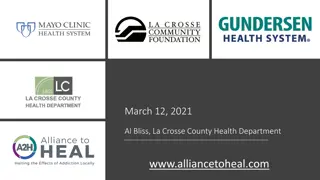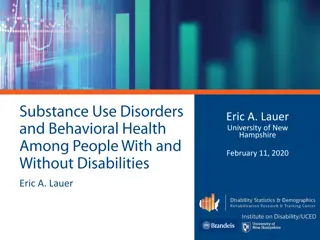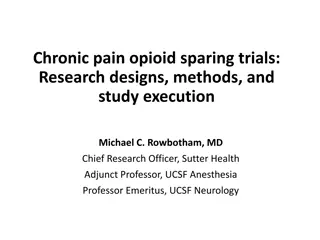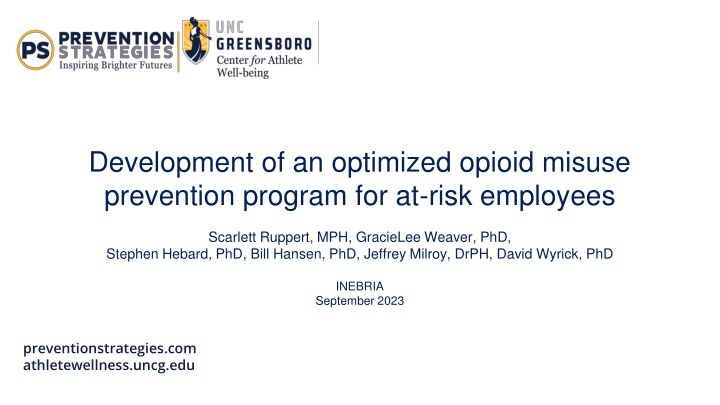
Optimized Opioid Misuse Prevention Program for At-Risk Employees
Learn about the development of an optimized opioid misuse prevention program for at-risk employees, focusing on the high rates of accidental opioid overdoses, the prevalence of prescription opioid use among workers, and the implementation of a multiphase optimization strategy for intervention development and evaluation.
Download Presentation

Please find below an Image/Link to download the presentation.
The content on the website is provided AS IS for your information and personal use only. It may not be sold, licensed, or shared on other websites without obtaining consent from the author. If you encounter any issues during the download, it is possible that the publisher has removed the file from their server.
You are allowed to download the files provided on this website for personal or commercial use, subject to the condition that they are used lawfully. All files are the property of their respective owners.
The content on the website is provided AS IS for your information and personal use only. It may not be sold, licensed, or shared on other websites without obtaining consent from the author.
E N D
Presentation Transcript
Development of an optimized opioid misuse prevention program for at-risk employees Scarlett Ruppert, MPH, GracieLee Weaver, PhD, Stephen Hebard, PhD, Bill Hansen, PhD, Jeffrey Milroy, DrPH, David Wyrick, PhD INEBRIA September 2023 preventionstrategies.com athletewellness.uncg.edu
Opioid Misuse Among Workers More than half 85% of accidental opioid overdoses occur after a work injury of those prescribed opioids misuse them of pain meds prescribed are opioids Only 70% of employers report negative consequences report offering any programming on opioids
Multiphase Optimization Strategy (MOST) Preparation Phase Optimization Phase Evaluation Phase Develop conceptual model Build all intervention components Identify components for prototype RCT to confirm effectiveness of optimized intervention Pilot test Conduct factorial optimization trails Plan for next phase
Healthcare Workers 56% reported pain every day for a week or more in the last 12 months Among the most injured workforces 74.9% reported having used prescription opioids
WorkWell Prototype Results + knowledge of opioids - positive attitudes towards opioids + communication with providers + pain management control + intentions to avoid opioid use
WorkWell Prototype Feedback Over 90% agreed that others in their industry should complete a program like this felt the program was easy to understand did not feel distracted while completing the program
Next Steps for Development & Testing Preparation Phase Optimization Phase Evaluation Phase Develop conceptual model Build all intervention components Identify components for prototype RCT to confirm effectiveness of optimized intervention Pilot test Conduct factorial optimization trails Plan for next phase
Workplace Level Predictors of Misuse Intentions
Multi-level Predictors of Misuse On intentions to seek out prescription opioids, no significant effects aside from individual level predictors On intentions to use higher doses over longer times, patient-provider communication, workplace safety, and workplace autonomy had significant protective effects
Future Directions Optimization Trials for WorkWell Expand reach for WorkWell Explore options to address organizational factors that impact opioid misuse
CONTACT INFO: Scarlett Ruppert Sbruppert@uncg.edu

